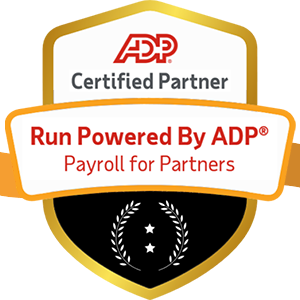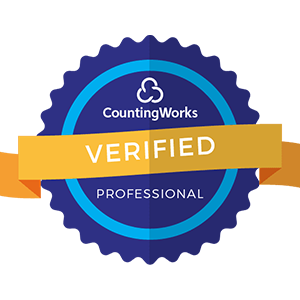
Introduction
In today’s data-driven landscape, organizations increasingly rely on people analytics to gain actionable insights into their workforce and drive strategic decision-making. Also referred to as HR analytics or workforce analytics, people analytics uses data and statistical methods to uncover workforce trends, predict outcomes, and optimize human capital management practices.
When applied effectively, people analytics empowers organizations to maximize workforce potential, achieve business objectives, and maintain a competitive edge. This article explores the transformative power of people analytics and its ability to shift HR from a reactive function to a proactive driver of business results.

At its core, people analytics involves gathering, analyzing, and interpreting workforce data to inform HR and business strategies. This data spans various categories, including employee demographics, performance metrics, engagement surveys, turnover rates, and recruitment statistics.
By employing advanced analytical techniques such as predictive modeling, data mining, and machine learning, organizations can identify patterns in employee behavior, predict trends, and make data-informed decisions to enhance talent management practices.
People analytics enables precise workforce planning by forecasting future needs, identifying skills gaps, and aligning talent with organizational goals. By analyzing demographic trends, turnover data, and succession planning metrics, organizations can ensure they have the right talent in place to achieve business objectives.

Organizations can optimize recruitment efforts through analytics by identifying the most effective sources of top talent and predicting candidate success. Metrics such as time-to-fill, cost-per-hire, and candidate quality help refine recruitment strategies, enabling businesses to attract and onboard top talent efficiently.
People analytics offers insights into the factors driving engagement and retention. By analyzing data from engagement surveys, turnover reports, and exit interviews, HR teams can proactively address issues, enhance employee satisfaction, and reduce turnover rates.
Analytics allows organizations to evaluate individual and team performance, identify high-potential employees, and design tailored development plans. By leveraging performance data, feedback, and training outcomes, HR can deliver targeted coaching and career development opportunities, boosting productivity and morale.
Tracking diversity metrics and analyzing disparities through people analytics helps organizations measure the effectiveness of DEI initiatives. Data on demographic representation, pay equity, and promotion rates can uncover areas for improvement and guide efforts to foster an equitable and inclusive workplace.

Consolidate data from various HR systems, including HRIS platforms, performance management tools, recruitment systems, and engagement surveys, to create a unified dataset for comprehensive analysis.
Invest in advanced tools for data visualization, predictive modeling, and business intelligence. These technologies make it easier to uncover insights and present data in actionable formats.
Build internal expertise in data analysis, statistics, and visualization. Train HR professionals and leaders to understand and utilize people analytics to inform strategic decisions.
Ensure compliance with data privacy laws and ethical standards. Transparency and fairness should guide data collection, analysis, and application to avoid biases and protect employee trust.
Regularly evaluate the effectiveness of people analytics initiatives. Gather feedback from stakeholders and refine processes to improve outcomes and adapt to changing business needs.
People analytics has become an indispensable tool for HR and business leaders, enabling data-driven insights that transform talent management practices. By leveraging analytics, organizations can optimize recruitment, engagement, retention, and performance processes, ultimately driving measurable business outcomes and securing a competitive advantage.
As a core component of modern HR strategy, people analytics unlocks the full potential of the workforce, fostering sustainable growth and success in an increasingly digital world.
By embracing the possibilities of people analytics, organizations can move beyond intuition and tradition, positioning themselves as data-savvy leaders prepared to meet the challenges of the future workforce.


